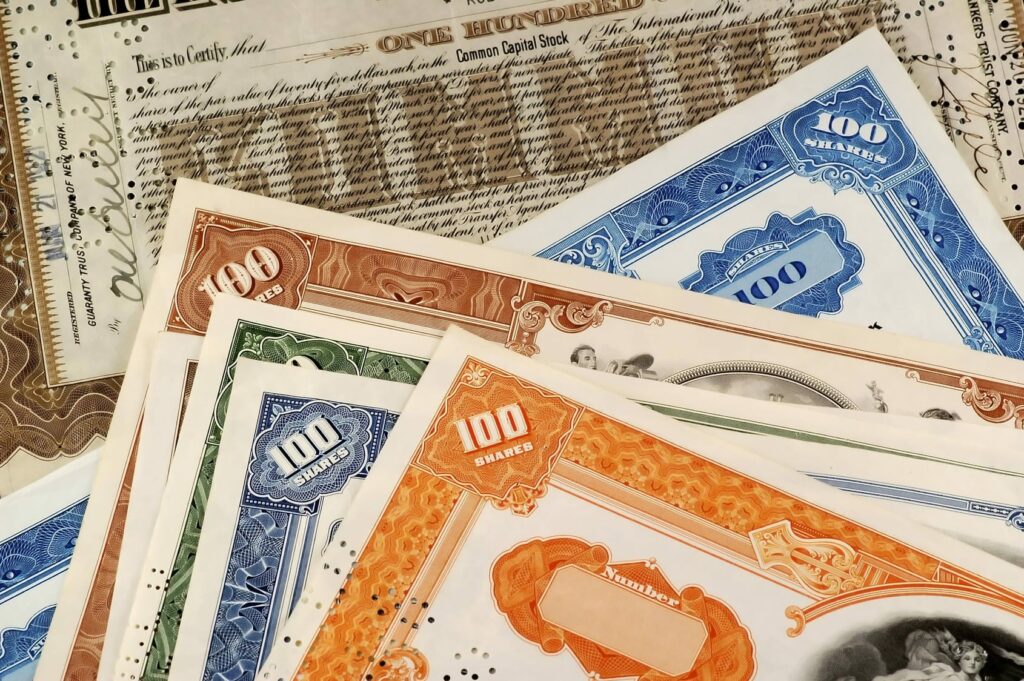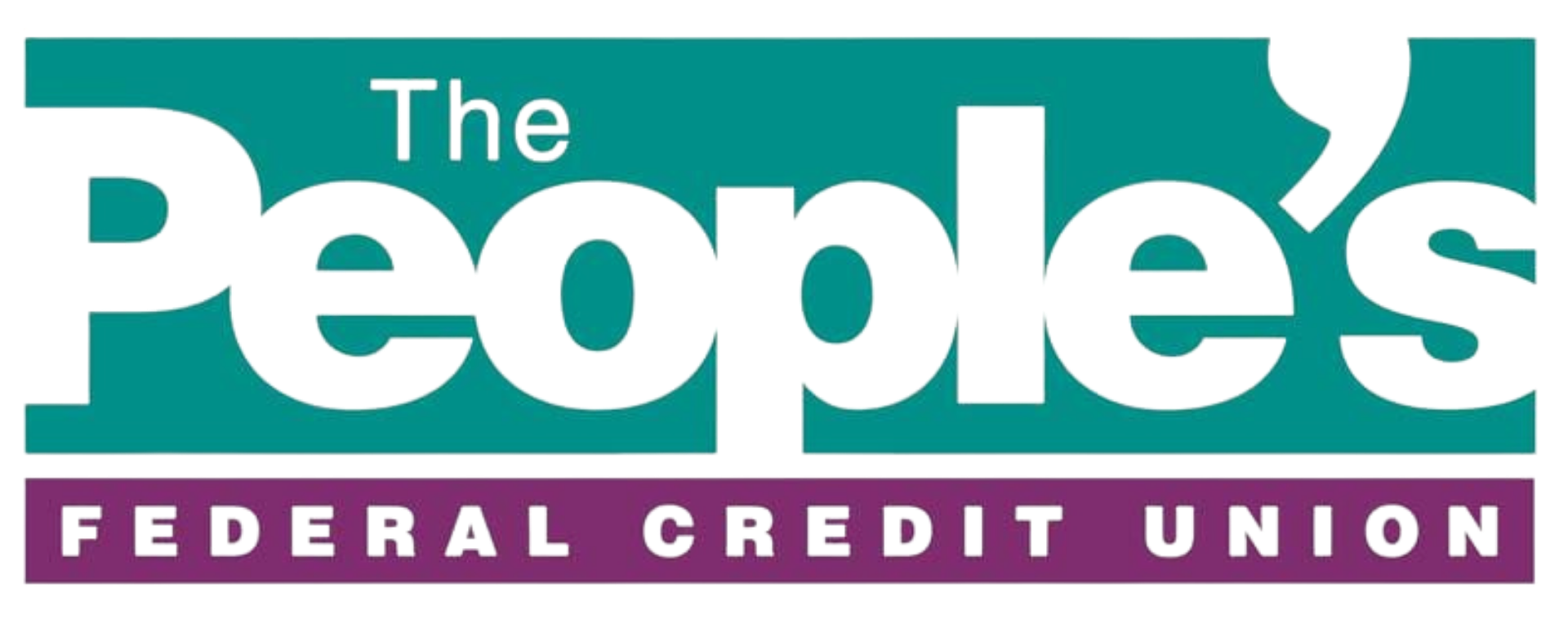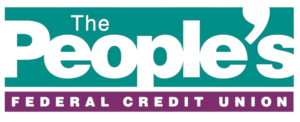Once you retire, you will need to determine a safe withdrawal rate from your IRA accounts in order to ensure you have sufficient income to live on for the rest of your life. There are different strategies and methods people use, depending on the amount of money they set aside for retirement and their annual financial needs.
Before discussing these methods, the IRS (Internal Revenue Service) does require retirees to withdrawal a specific amount each year from certain types of IRAs; otherwise, you could face a tax penalty for not withdrawing the required minimum amounts. TIP: If you have excess funds you withdrew to avoid paying a tax penalty, reinvest them into a share savings accounts, certificates of deposits (CDs), bonds, or other secure investments to use later in your golden years.
The first thing you need to do is establish how you want to take withdrawals from your various retirement accounts. To illustrate the best way to do this safely, consider you have three huge barrels you can choose from:
- Cash
- Fixed Investments (i.e., Bonds, CDs, etc.)
- Equities (Shares/Stocks)
The cash barrel should always contain enough cash to cover an entire year’s worth of expenses. This can be supplemented by Social Security payments.
The fixed investment barrel should contain bonds, CDs, and other such investments that will mature throughout your retirement. Matured investments should be converted to cash and moved to your cash barrel.
The third barrel is where you keep your shares and stocks (i.e., equity) investments. The only time you touch this barrel is in years where your equities experience an above average return and result in an excess between ten and fifteen percent on your expected annual return. When this occurs, you should cash out the excess equities and reinvest them into fixed investments to refill this barrel, as well as to top off your cash barrel.

It is vital to realize there will be many years where your equities will not provide an above average return. During these years, continue to rely upon your cash and fixed investments barrels. It is okay if they get a little low, as, eventually, there will be one or more excess years on your equities to replenish your cash and fixed investments.
The next thing you need to do is be aware of inflation rates and current economic conditions. Ideally, you should only be withdrawing four percent from your retirement accounts each year. If markets are tight and the economy is in a downward swing, try to cut specific expenses out of your budget and reduce the amount of money you withdraw from your retirement accounts. When markets are doing well and you have several excess years, it is okay to give yourself a raise, so to speak, and take a little bit more out while adhering to the four percent limit.
For more information about and assistance with retirement planning, IRAs, and other investment accounts, please feel free to stop by your local The People’s Federal Credit Union branch or contact us at 806-359-8571 today!








